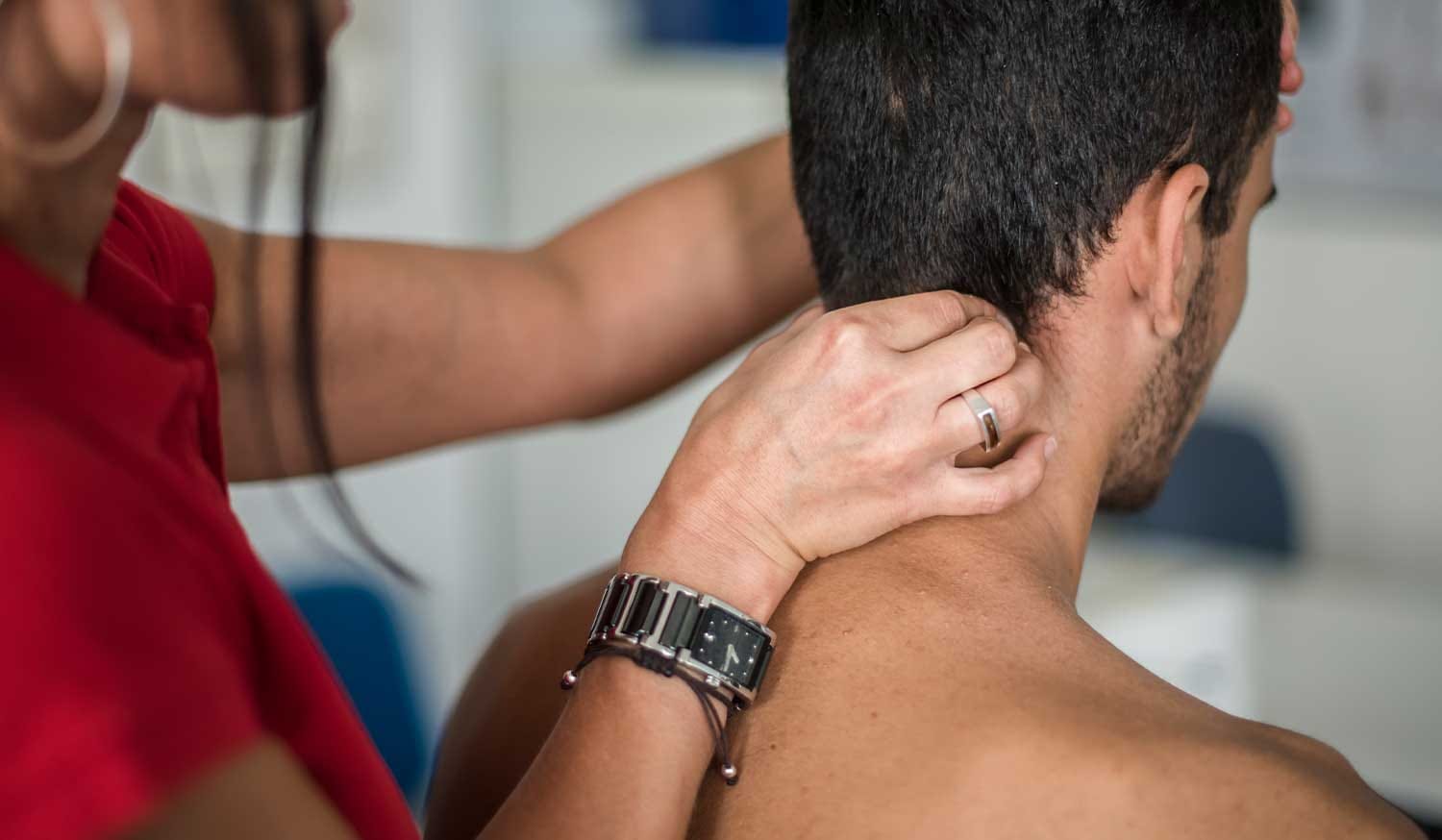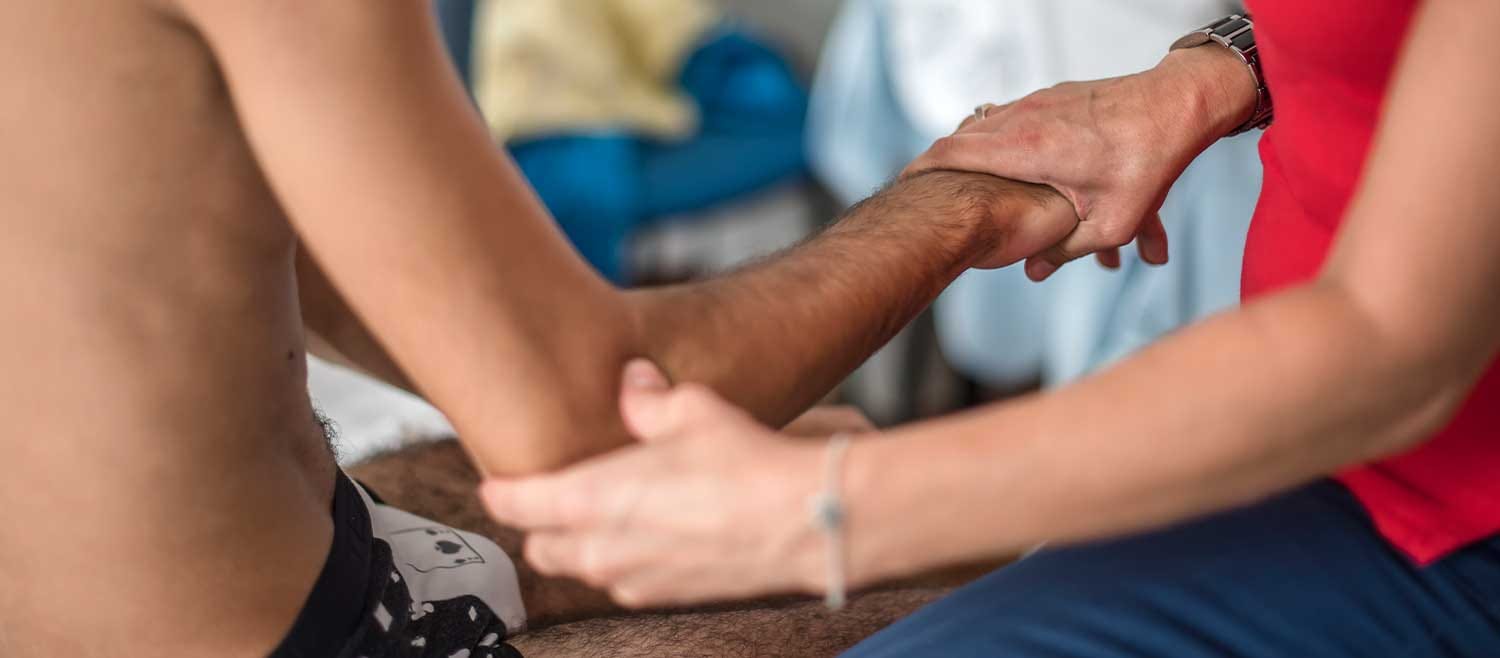Discover tailored osteopath treatment for sports injuries in London: drug-free rehabilitation, pain relief, and performance enhancement for active individuals and athletes.

Osteopathy has become a go-to, drug-free option for sports injury management in London, particularly for active individuals and athletes seeking natural recovery methods. Consequently, if you’re searching for an osteopath for sports injuries in London, it’s essential to understand why osteopathy stands out, what to expect, and how to ensure your treatment is safe and effective. Furthermore, this guide aligns with the Advertising Standards Authority’s Health: Osteopathy advice, ensuring all claims are evidence-based and compliant with UK regulations, ASA.
Osteopathy is a regulated health profession in the UK, governed by the General Osteopathic Council (GOsC). It’s based on the principle that the body’s structure (bones, muscles, ligaments and connective tissues) must function harmoniously to maintain well-being. Therefore, osteopaths use hands-on techniques—such as joint articulation, soft tissue massage, stretching and manipulation—to:
Moreover, they may provide advice on exercise, posture, and lifestyle to prevent the recurrence of symptoms. NHS.uk.
First and foremost, osteopathy emphasises a holistic approach. Unlike painkillers or anti-inflammatories that merely mask symptoms, osteopathic treatment aims to address the underlying biomechanical dysfunction causing your sports injury. Consequently, many athletes experience sustainable improvements without reliance on medications.
Osteopathic techniques overlap with other manual therapies endorsed by the National Institute for Health and Care Excellence (NICE). Indeed, NICE recommends manual therapy alongside exercise for conditions like low back pain and hip or knee osteoarthritis. Eunice. Osteopathy’s manual methods are considered adequate for musculoskeletal injuries common in sports.
Each athlete’s needs differ based on their sport, injury history and performance goals. Therefore, an experienced osteopath for sports injuries in London will tailor a rehabilitation programme that includes:
Osteopathy can accelerate healing timelines by combining manual therapy with active rehabilitation. Enhanced tissue perfusion and improved joint mechanics facilitate quicker recovery, helping you return to training and competition sooner without compromising long-term health.

Osteopaths are qualified to manage a broad spectrum of sports-related musculoskeletal conditions, including but not limited to:
It’s important to note that osteopaths will refer you to medical practitioners for imaging or surgical opinions if your condition requires further investigation, nhs.uk.
In line with the ASA’s Health: Osteopathy guidelines, any claims regarding treatment efficacy must be backed by evidence that is not misleading. Therefore, when evaluating an osteopath in London:
Doing so ensures your clinic adheres to the highest professional and regulatory standards.
While sports injury management is a key focus, osteopathy offers additional advantages for athletes:
When searching for an osteopath for sports injuries in London, consider the following:
Your initial session typically lasts 45–60 minutes and includes:

Background: A 35-year-old marathoner developed iliotibial band (ITB) syndrome after increasing their weekly mileage.
Osteopathic Intervention:
Outcome: The runner resumed pain-free training within six weeks and reduced re-injury risk through targeted maintenance exercises.
Q: Is osteopathy painful?
A: Treatment is generally gentle. You might experience mild soreness, similar to post-exercise muscle aches, but this typically resolves within 24–48 hours. NHS.uk.
Q: How many sessions will I need?
A: It depends on injury severity and individual response. Acute injuries often require 3–6 sessions, while chronic conditions may need a longer programme, including maintenance visits.
Q: Can osteopathy replace physiotherapy or surgery?
A: Osteopathy complements physiotherapy and can often prevent the need for surgery. However, severe injuries requiring surgical repair or specialist interventions will be referred appropriately.
Q: Do I need a GP referral?
A: No, osteopathy is a primary care profession. You can self-refer, although some insurance policies may require GP authorisation.
This article has been crafted to align fully with ASA’s Health: Osteopathy advertising guidance, ensuring all therapeutic claims are truthful, evidence-based and not misleading. For more detailed ASA advice, visit the ASA website. Moreover, refer to the NHS for comprehensive information on osteopathy’s role in musculoskeletal care.
References & Further Reading
By choosing a qualified osteopath for sports injuries in London, you’re investing in a drug-free, evidence-based route to recovery, tailored to get you back to peak performance safely and sustainably.